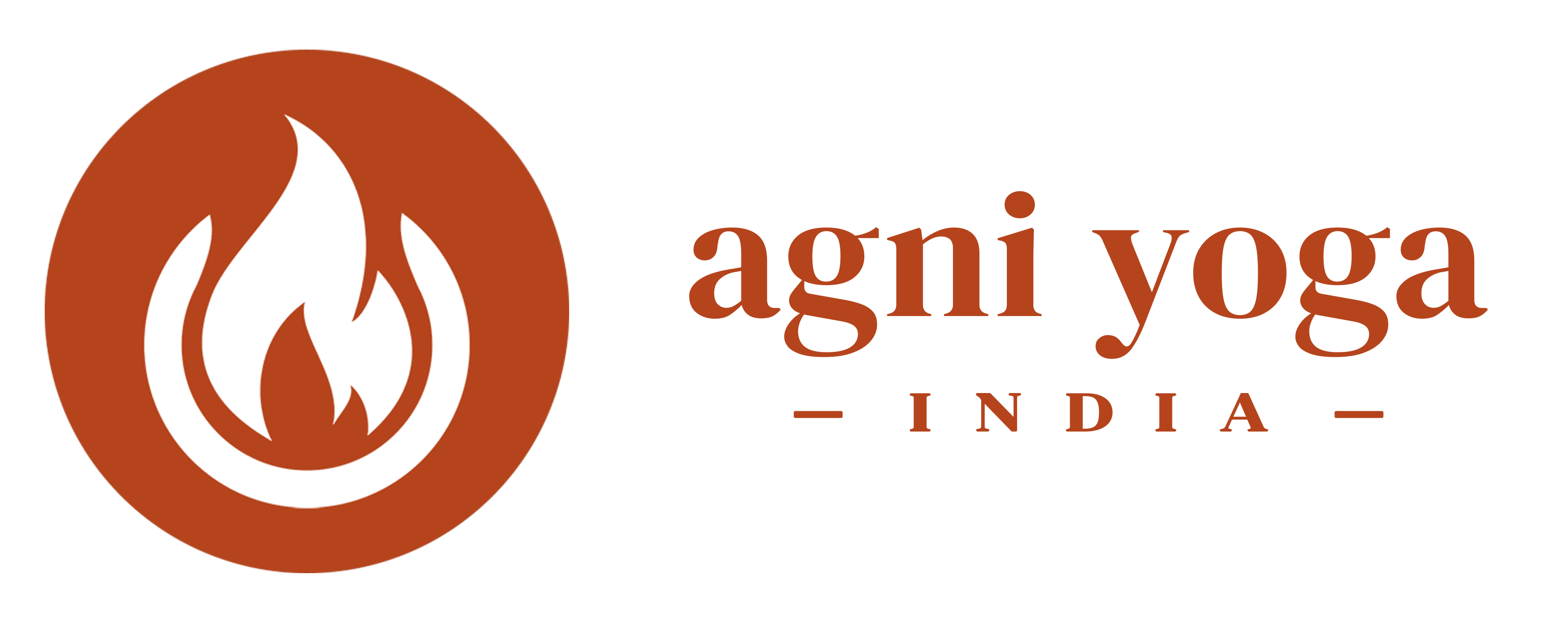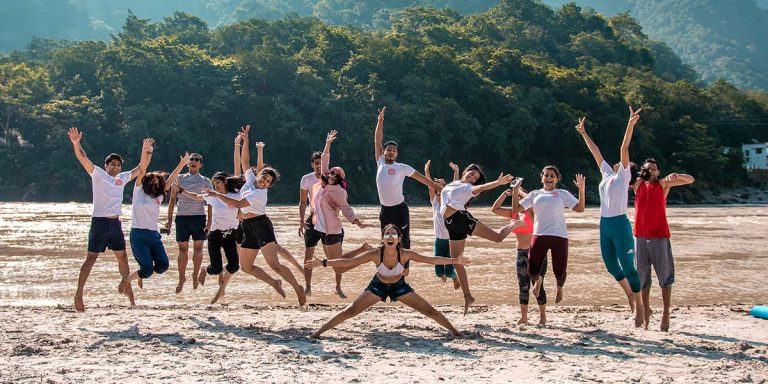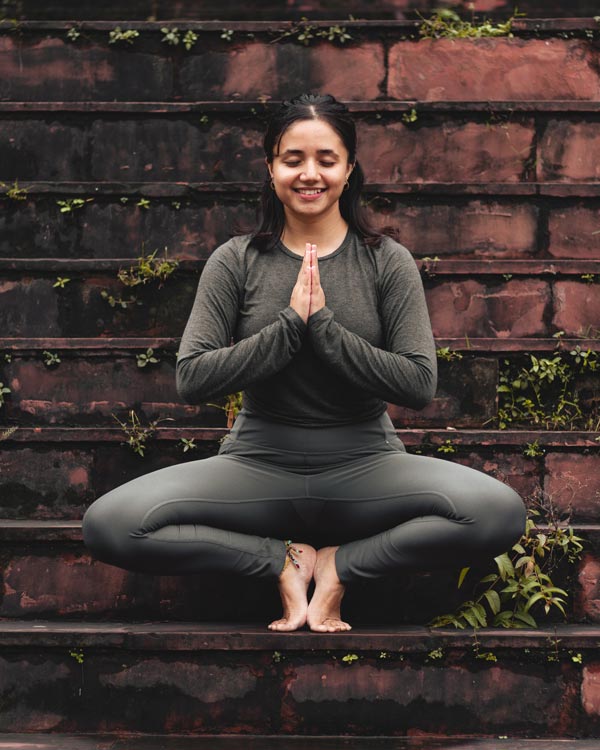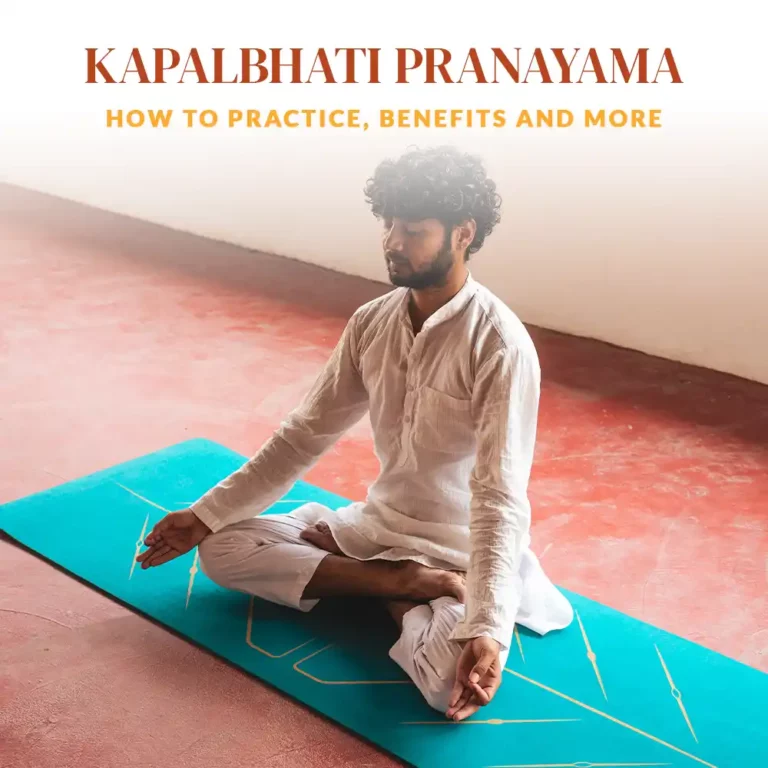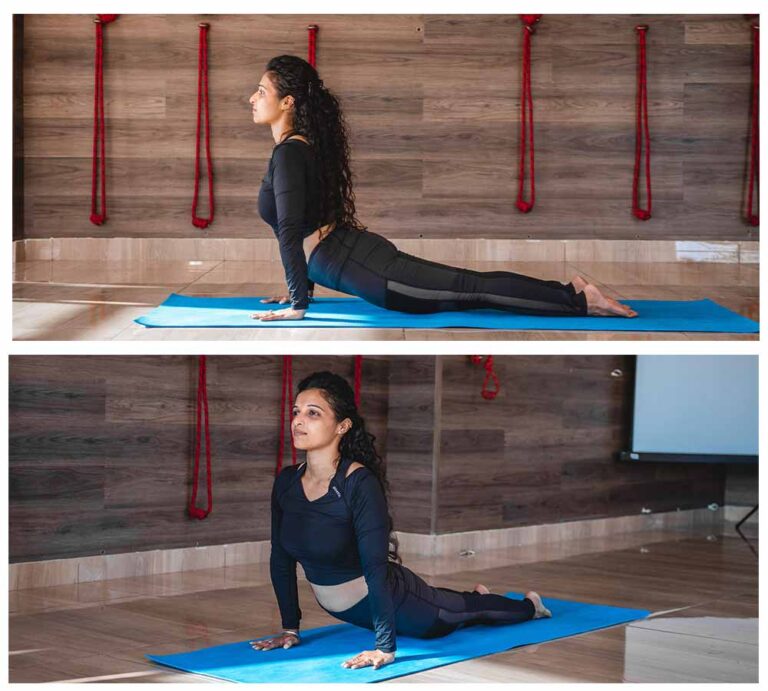What is the key difference between Yoga and pilates? (Benefits and How to)
Speaking of Physical Health, practices like Yoga and Pilates have become popular in recent years due to their dynamic nature. These practices have become this generation’s “new cool thing to do.” We see youngsters strolling around in athleisure attire boasting about yoga or pilates classes whilst none of them retains the knowledge of how these practices are beneficial to their bodies.
Disciples like Yoga and Pilates promote the idea of good physical health. These two disciplines can also be seen as two sides of a coin as their foundation is similar yet the practices are diverse. In a simple definition, Yoga teaches you how to balance not only your body but the mind as well, whereas Pilates focuses on your physical body dynamics for improved physical activities.
What is Yoga?
As interpreted in multiple scriptures and philosophies, Yoga by definition is a practice put into action to get rid of the unnecessary fluctuation of the mind.
‘Yogashchittavrittinirodha’ as explained in Yoga Sutra by Patanjali. It translates to ‘yoga as a practice is the ability to still the fluctuations of the mind.’ However, over the years with development in societies and cultural growth, the practice of Yoga has become dynamic.
The word “Yoga” is derived from the language Sanskrit whose root is ‘Yujir’ which means “to unite.” The unification of the mind with the body is the practice of yoga. There are two types of health in humans, one is physical health and the other is mental health. In recent times people have been focusing only on their physical health and have forgotten about their mental health.
Our mind is our control system for the body. The way we think is how we feel. Our thoughts have the power to persuade us to achieve logical goals in our life. This sort of power comes with its restraints wherein, if sucked into negativity, our mind finds it difficult to battle to overcome hurdles in life. Yoga helps with monitoring the fluctuations of the mind.
Benefits of practicing Yoga :
Improved bodily Strength and Flexibility
Stable physical health
A relaxed state of mind
Better tolerance to stress
Improved bodily posture and alignment
Better sleeping patterns
These are some of the benefits of practicing yoga daily. Yoga practices believe in stabilizing the mind through various practices. With consistency with asana practice, meditation, and pranayama, the results are visible within no time.
What is Pilates?
Pilates as a practice was introduced in 1883 by a German practitioner Joseph Pilates. His motivation was to pursue the field of physical health by venturing into Yoga, Martial Arts, and other disciplines. His experience during the first world war got him interested in bodily movements while working with injured soldiers. His interest in healthy body movements inspired him to invent a technique of his own, which he brought to New York City, USA. This dynamic movement got accepted throughout the athletic community from their its journey began.
Pilates includes mindful movements through engaging particular muscles and focusing on stabilizing yourself into the position. Every body part can be targeted with controlled movement and proper muscle engagement in a posture. This form of physical exercise uses props and types of equipment which have levers, boards, cushioned seats, and rods. This equipment is to be used with one’s body weight to provide resistance to the practice.
Benefits of practicing Pilates :
Increased muscle strength and endurance.
Improves posture and flexibility
Decreased joint pain
Better alignment of the physical body
Pilates as a form of exercise promotes the idea of body mobility and strengthening through controlled movements. Even without the equipment, these exercises can be practiced on the mat with minimal props or without the props. The key is to keep the whole body engaged in any position and breath mindfully. The impact of such a dynamic yet stable practice is wholesome. With every Inhale, there is a movement and with every exhale there is a movement.
Difference between Yoga and Pilates?
Both these practices are equally efficient in their element as they both require mindful movement and pertinent breath work. It depends upon an individual to figure out which is the need of the hour.
The physical benefits of these two practices differ according to an agenda determined by an individual. There are various reasons why people decide to do some physical activity. It can maintain good health and at the same time, it can be to lose body fat or gain muscle. Luckily, both these practices offer both but overall wellness is achieved in the practice of yoga.
There are similar postures practiced in these two-forms but Pilates relies more on repetitive drill work whereas asana practice is all about being stable in a posture whilst flowing from one asana to another. Breath work as mentioned earlier is vital to this practice as retention of breath helps to increase strength and flexibility. The cells in our body get excitable when there is retention in the breath. Oxygen level decreases and carbon-dioxide increases, this helps the air to pass through the thin lining of the air sacs and into the blood vessels which helps to increase oxygen saturation in the body and also helps the brain to stimulate our breathing.
Pilates as a physical exercise was introduced by observing multiple forms of physical workouts, Yoga originated thousands of years ago with keeping the spirituality and overall wellness of a human being in mind according to the Hindu scriptures. They differ in pace and mobility aspects of the workout. Pilates focuses on movements by engaging the core of the body and keeping dynamic movements through the hands and legs. In this particular practice, the core is constantly active with the rest of the body engagement.
Whereas in Yoga, there are different forms of Yoga to practice. If you decide to practice the Ashtanga Vinyasa series, they were designed keeping body dynamics in mind to help build strength, flexibility, and stamina in the body. The creator of the Ashtanga vinyasa series, K. Pattabhi Jois designed a flow to experience the benefits of every asana by practicing stillness in the posture, breath work, and bandha (physical locks to bring up the energy in the body).
If you decide to practice Yin Yoga, your body and mind will benefit from experiencing stillness in a posture. As Yin Yoga focuses more on opening up the body through long holds into postures which stabilizes the monkey mind. It helps to reduce anxiety, stress, and other mental disturbances.
Hath Yoga will help you balance your sun and moon energies in the body by helping you improve your strength and flexibility. As in Hatha, ‘Ha’ represents the sun energy and ‘tha’ represents the moon energy. According to the Scriptures in Yoga, human bodies are dominated by two types of energies, the sun, and the moon.
Many such yoga practices can be beneficial to the body in numerous ways but it depends upon individual goals as to what the person is desiring to achieve. Is it flexibility? Is it strength? Is it the balance between the both? Is it to reduce anxiety? Or is it to treat an illness?
Pilates on the other hand uses repetitive exercise to create muscular exertion. Practitioners of Pilates believe that this system of exercise provides gentle strength training for rehabilitation or intense challenging techniques for skilled athletes. Endurance and muscle strengthening is the Goal of pilates. It has 5 essentials – breathing, cervical alignment, rib and scapular stabilization, pelvic mobility, and mobilizing abdominal muscles.
A reformer is equipment used in the practice of pilates where all the balancing and core engaging activities are involved. The 5 essentials of Pilates are the basic structural form of a human body that is required to be healthy. In recent times, with a certain lifestyle, food habits, and lousy postures being practiced, people are developing cervical issues, uneven body alignment, stiff joints, frozen shoulders, digestion issues, low immunity, and much more.
It is proven that if you maintain three basic postures in your day-to-day life healthy, then half of these diseases vanish. These three postures are your sitting, standing, and sleeping posture. Maintaining a straight spine at all times, dividing equal weight into both legs while standing, and sleeping in a position that helps your digestion are very important.
In the practice of Pilates, these misalignments are the focus. Where rehabilitation for this indifference is worked at. Plus with consistency, this practice helps to improve overall physical health.
How to choose between the two practices?
An amalgamation between these two practices can eventually be beneficial to the body. For people enduring extreme activeness in the body, the ones who cannot move slowly should try and indulge in the practice of yoga. A person with an active monkey mind will find it difficult to move slowly in a class. Their bodies will resist the whole idea but that is when the challenge comes in for the brain it is important to challenge your brain every once in a while as that stimulation helps with creativity and mindfulness.
People who like to move slowly can try a dynamic form of exercise which is Pilates. There is endurance required for this practice and so for a person who wishes to move slow, it will challenge the patterns to move out of their comfort zone and learn something new.
In the end, it is important to create a balance between different practices. A self-analysis of what we wish to achieve can help us recognize what our bodies need. Our physical body is in constant communication with our mental body, it is only a matter of good listening to change unhealthy habits and form new ones to live a wholesome life.
Yoga and pilates are two very grounding methods to activate your senses and challenge yourself to a new horizon. Our day-to-day activities are not the ‘workout’ that we say they are. Any repetitive action stops befitting our body after a point as our muscles make them a memory, which then keeps on playing on loop. These muscle patterns are important to break otherwise they result in disabilities in the future. Our mind is a sneaky place when it comes to comfort. We get wired to not leave our comfort zones and that leads to our doom.
A healthy balance between these two practices can have exceptional results on the body. On the days when your mood seems depressing and low, you decide to activate those lousy muscles through endurance training of Pilates. At other times when the mind seems to be wandering around in anxiety and struggles to find a way, out can choose to practice yoga asana. As they will help to calm that anxiety.
If strength and flexibility are the goals then the practice of pilates with daily 10 minutes of pranayama and meditation as practices of yoga should be followed because the goal here is to gain more strength and stability. Remembering that yoga is not only an asana practice is important because just like our physical body needs strength our mental body also needs strength to deal with daily chores and activities which sometimes drain us. How do we train the mind? We start with Yoga practices like Meditation and Pranayama (Breathing techniques) to make our minds stronger and more flexible.
Whichever you choose, make sure to keep it a mindful choice as no ‘one’ stronger thing is beneficial to the whole of us. We cannot use only one strong bicep for a push-up. We need both of them to make one whole full push-up. Train your mind as much as you decide to train your physical body. Together they will give you admirable results in your routine. You will find yourself full of new exciting energy and perspective toward life. Your approach towards others will change and with a positive mindset, you will be able to focus on your relationships and work.
Related Posts:
- Yoga Poses for Weight Loss: The Top 10 Advantages
- Yoga for Diabetes. How Stress Causes Diabetes.
- 5 Yoga Poses that give you relief from back pain
- 10 Benefits of daily yoga practice
- Why choose yoga as a career?
- Yoga Teacher Training vs Yoga Retreat. What should you choose?
- Methods to boost Endurance during Aerobic and Anaerobic Exercises.
- Yoga Teacher Training in Rishikesh India
- Why Join Agni Yoga India for Yoga Teacher Training in Rishikesh India?
- 500 Hour Yoga TTC in Rishikesh
- How to Dress Correctly for a Great Yoga Session? A Beginners Yoga Outfit Guide
- 15 Standing Yoga Poses That Will Build Full-Body Strength & Balance
- What is Ashtanga Yoga and Its Primary Series, Intermediate Series and Advanced Series?
- What is philosophy?
- What is Pranayama and Its Benefits? Types and Techniques for Beginners
- Yoga Retreat in Rishikesh
- Yoga Teacher Training Rishikesh India
- 7 Best tips to start Meditation
